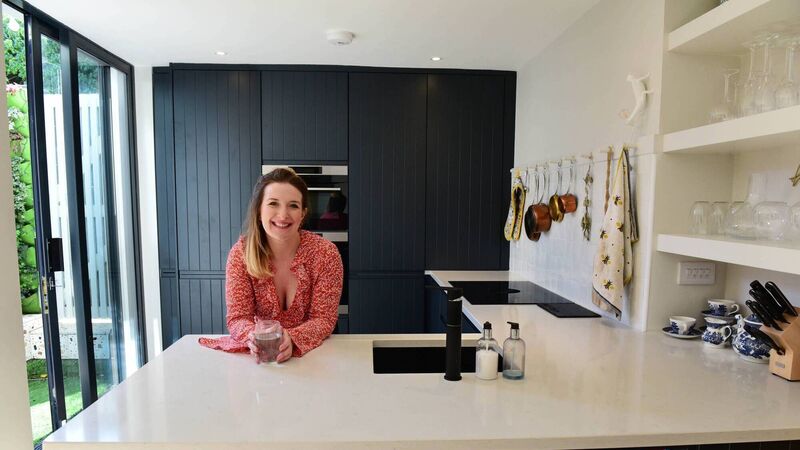Jennifer Sheahan: How I applied the seven principles of interior design to my own home

Jennifer Sheahan at her home in Rathmines, which won RTE's Home of the Year in 2021. Picture: Moya Nolan
In the world of interior design, there are generally seven principles that are widely agreed upon.
Some designers have more, some less, and some slightly different, but most are a variation on these seven. Being familiar with these principles is helpful for viewing your home through a critical lens and reaching decisions about what you need to change.











